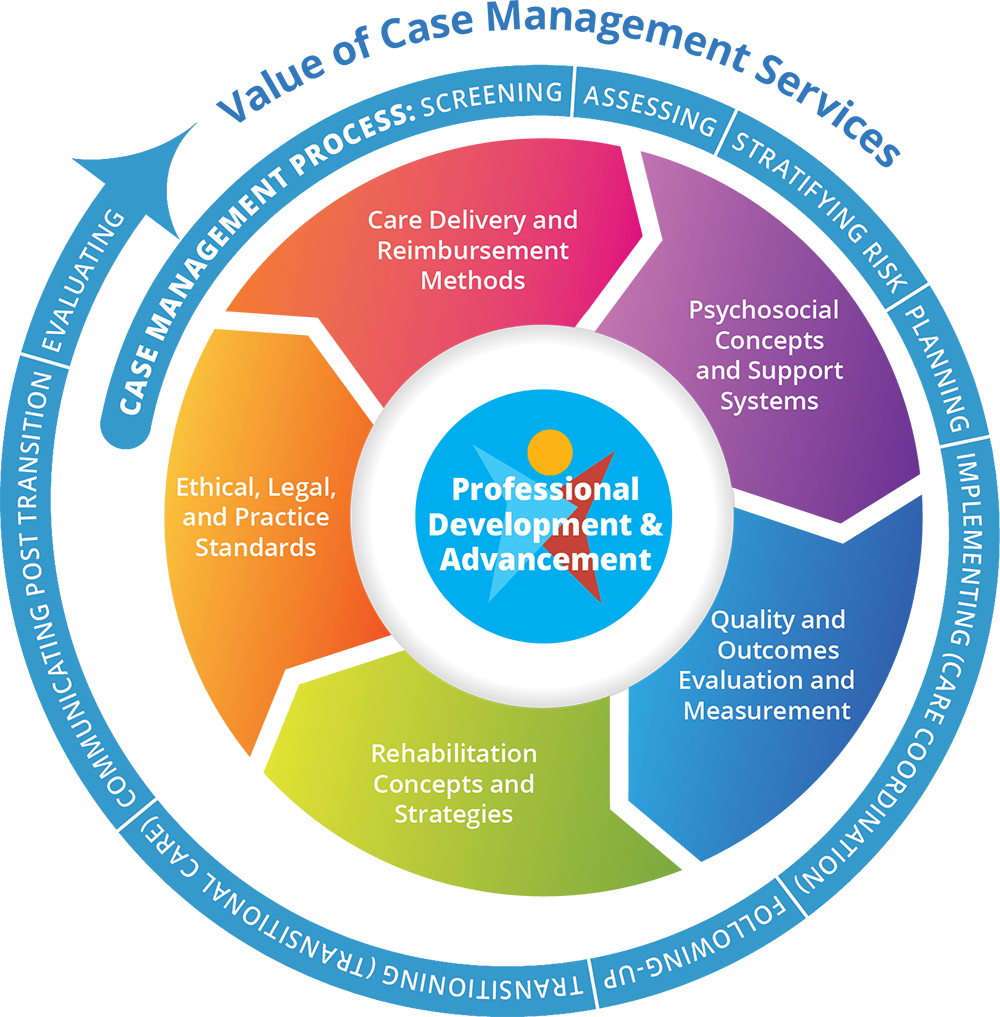Asthma is a chronic inflammatory disease that results in the narrowing of the airways in the lungs. This makes it hard to breathe. The narrower the airways are, the less air flows in and out of the lungs. Some of the inflammatory cells involved in asthma include eosinophils and neutrophils. In asthma, the muscles surrounding the airways can become more sensitive to triggers that cause them to constrict. This contributes to airway narrowing and its associated symptoms, which may include chest tightness, shortness of breath, wheezing, and coughing, usually at night or early in the morning if not just exercise induced.
Asthma is a leading chronic illness among children and adolescents. Asthma affects people of all ages, but it usually starts in childhood. Over 25 million people have asthma in the United States, and about 7 million of them are children. Allergic asthma is the most common type of asthma, affecting 60% of those with asthma. Anyone can get asthma, but it is more prevalent among African-Americans and Hispanics.
Going Deeper
Asthma can range from mild to severe. To better individualize treatment plans for people who have asthma, the condition is further delineated by phenotypes—what can be observed by doctors based on history and physical exam—versus endotypes, which can help determine key sources for a patient’s asthma, for instance, what may be a main inflammatory mechanism causing the asthma. Examples of phenotypes include exercise-induced asthma and obesity-related asthma. Examples of endotypes include allergies and aspirin sensitivity.
This chart shows some of the possible phenotypes and endotypes that may pertain to an asthma diagnosis:
| Phenotype | Endotype |
|---|---|
| Obesity-related asthma | Non-eosinophilic asthma, or neutrophilic asthma (absence of inflammatory eosinophilic cells) |
| Exercise-induced asthma | Allergic asthma |
| Adult-onset asthma | Non-eosinophilic asthma, or neutrophilic asthma (absence of inflammatory eosinophilic cells) |
| Eosinophilic (inflammatory cell type) asthma |
Allergic asthma Aspirin-sensitive asthma |
| Asthma Triggers | Severe Asthma |
|---|---|
|
Many factors can trigger or worsen asthma symptoms. Exposure to common everyday things that can put an asthma patient at risk include:
|
Severe asthma is asthma that is uncontrolled despite Up to 50% of people with severe asthma could have elevated |

